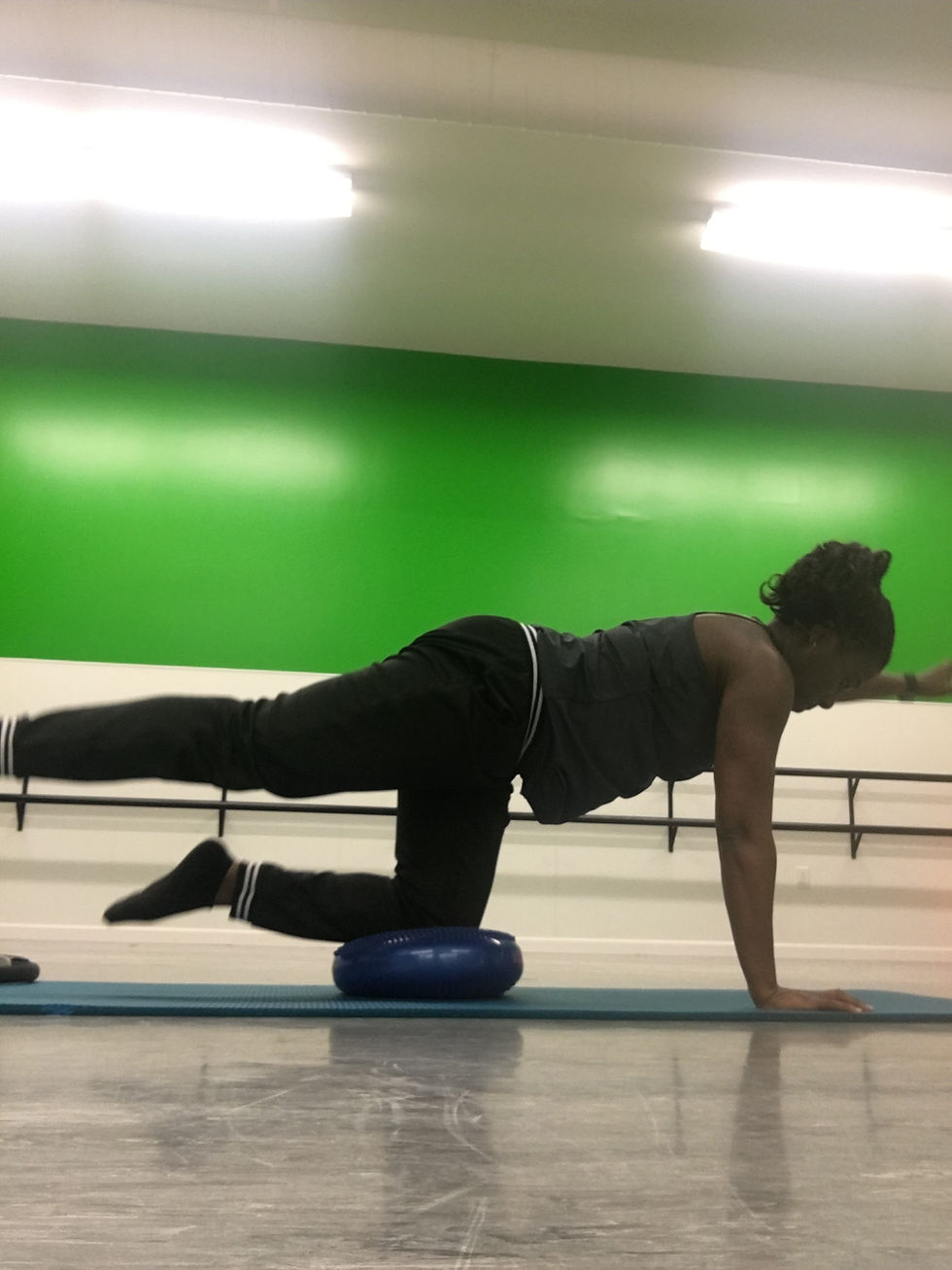
Pilates Basics: What Every Class Needs
- mmoses93
- Jun 16
- 2 min read
I’ve been teaching Pilates Mat classes for a while now, and one thing I always emphasize is the importance of setting a strong foundation. Pilates isn’t just about going through the motions—it’s about control, alignment, and moving with intention.
Whether you're brand new to the mat or looking to refine your practice, knowing the key elements of a well-structured class can make all the difference.

Getting Started: Warming Up the Right Way
Before diving into exercises, it’s important to wake up the body with mobility and stability work.
A good warm-up includes:
😮💨Pilates 4-Part Breath – This helps you connect your breath with movement.
🤔Chin Tuck & Head Tilt** – A simple way to check your posture and keep the neck in alignment.
🩻C-Curve & Neutral Spine – Finding your best posture for core engagement.
🔩Spine Rotation & Hip Mobility – Prepping for fluid movement.
🦶Footwork - Flex/Point – Warming up the feet and lower leg muscles and simulate the footwork needed for a ballet conditioning workout which is what Pilates is.
How a Class Should Flow
A Pilates class should build gradually, letting you challenge yourself without pushing too far too fast.
Here’s how I like to structure a class:
♻️Repeat key sequences – Doing exercises in 2-3 rounds helps improve technique and endurance.
🙂Don’t skip stretching – This keeps muscles happy and helps avoid tension.
🎚️Offer modifications – There’s always a way to adjust for different levels.
👷🏽♀️Start simple, then build – A side-lying pike, for example, is great prep for bigger moves like teasers.
Your Next Step
See below for several Pilates exercises with detailed instructions to guide your practice. These build on the essentials we just covered so you can move with confidence.
Have questions about Pilates Mat classes? I’d love to help! Feel free to reach out and let’s talk Pilates.



















Comments